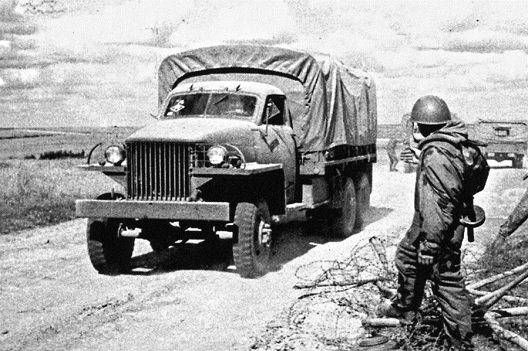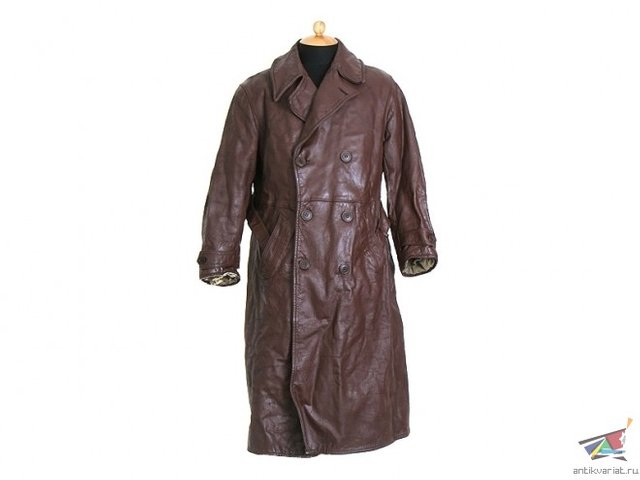
With motor transport in the "mechanized corps of the Red Army" was a real misfortune, motorized guns remained only on paper and in the imagination of party bonzes.
On the roads of the war, infantry, the queen of the fields, were dusted with legs ... In the context of lendlise, by the order of the American government, the company "General Motors" built several car factories in Iran. From them, the USSR received 184,112 cars on lend-lease. From Tehran cars were driven to Ashgabat, Baku and Ordzhonikidze (the current Vladikavkaz). From there they were distributed along the fronts and to the needs of the national economy. To the army that came in came pathetic crumbs.
But this is a separate, special topic, which is too difficult to consider in one article. And it's not my business, to give information of a strategic nature-that is, historians. I am closer and more interesting than the trench truth of a small man of a great war. And also those "trifles", of which life is composed - money, food, drinks, weapons, equipment, medicines ...
About them, almost no one writes, so I will continue to hone this topic))) I'll return to our sheep. In the title of the post I wrote not accidentally wrote "Soviet generals in the coat of truck drivers." In a set of American trucks "Studebaker" were leather coats, for drivers. Excellent leather, good cut and beautiful tailoring. These coats of drivers in the USSR were unceremoniously seized in favor of the higher officers of the Red Army.

photo from here https://antikvariat.ru/auto/4024/95910/#.Wc_Gz8hJbIU
At the same time, the leather driver's coats that came in the set of American trucks "Studebaker" were shamelessly stolen. In 1943, a delegation from the State Department arrived in the USSR to congratulate the successful outcome of the Battle of Stalingrad. The Soviet generals and colonels meeting them were dressed in American leather coats of truck drivers.
The Americans puzzledly demanded an explanation: They decided that in violation of etiquette they were met by drivers ... The interpreter had to make efforts, explaining the state of affairs ...